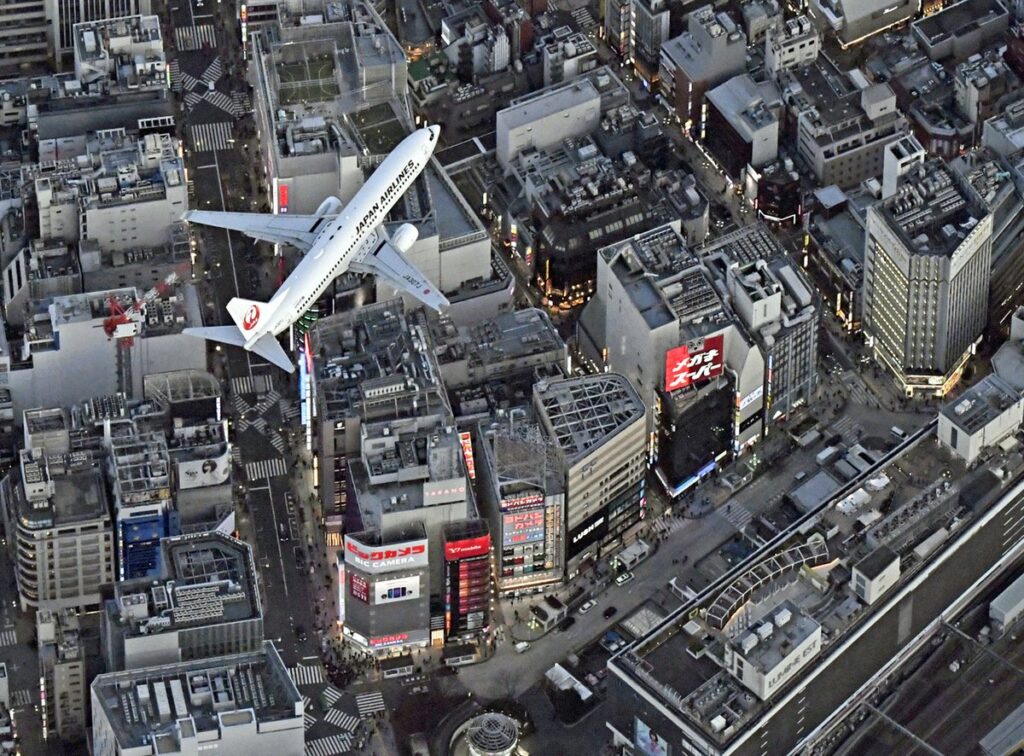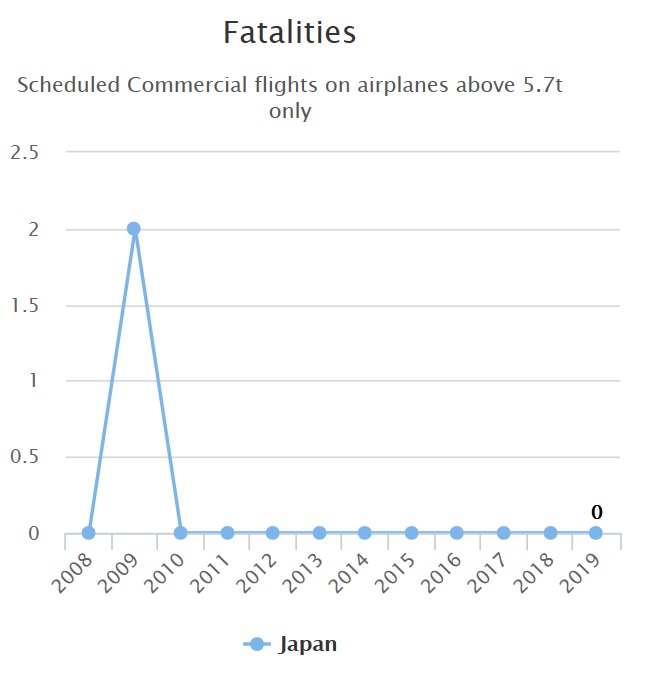
Flight routes to and from Haneda have changed to accommodate greater traffic expected then and planes fly over residential area at a relatively low altitude. One would wonder however how flight safety would be ensured or if any additional safety measures would be taken. Surprisingly, the transportation authority’s website contains scarcely any information regarding enhanced safety other than falling objects from planes. Certainly, the safety record of Japanese commercial aviation shows zero mortality for the past 8 years.

But, would it offer any reassurance? After all, Fukushima No. 1 was operated without a noticeable incident for 40 years until 2011. What about insurance? Commercial operators do have insurance policy for their fleet covering third party damages. However, their policy does not necessarily cover accidents from normal wear and tear. For the new flight routes to operate efficiently, the airport authority appears to rely on an efficient tort law mechanism which will allow residents to recover all damages, including loss in property value, if any.
報じられているように羽田への飛行ルートが予測される需要増に応えて変更されており、現在では住宅地上空を比較的低高度で通過するようになった。追加的な安全対策について関心がよせられるのは当然であるが、驚くべきことに航空当局のサイトでは安全性追加措置については落下物対策以外ほとんど情報がない。確かに日本の商業航空の記録を見ると過去8年間一件の死亡事故もない。しかしそれで十分だろうか。福島第一原発が40年にわたり問題にするほどの事故もなく運用されていた例が思い出される。もう一つの対策として考えられるのは保険の整備である。一般に航空会社は航空保険を付保しており、その中には第三者損害責任保険も含まれている。しかし航空保険は通常の劣化のもたらす事故をカバーするとは限らない。そうなると航空当局は新飛行ルートの真に効率的な運用という目的について、損害賠償制度が効果的に機能し、住民がすべての損害(不動産価格の低下も含めて)を回復することに期待しているように見える。